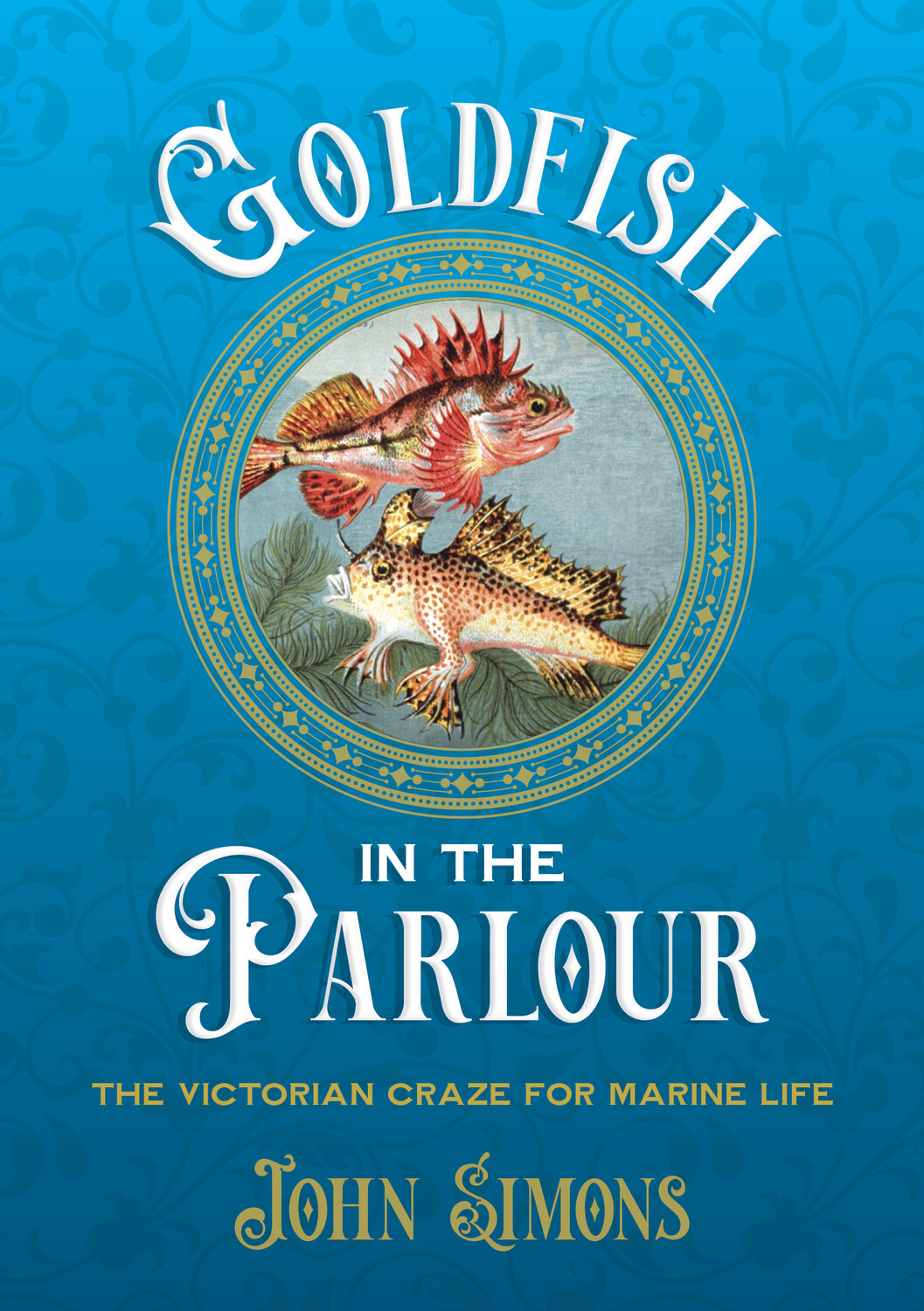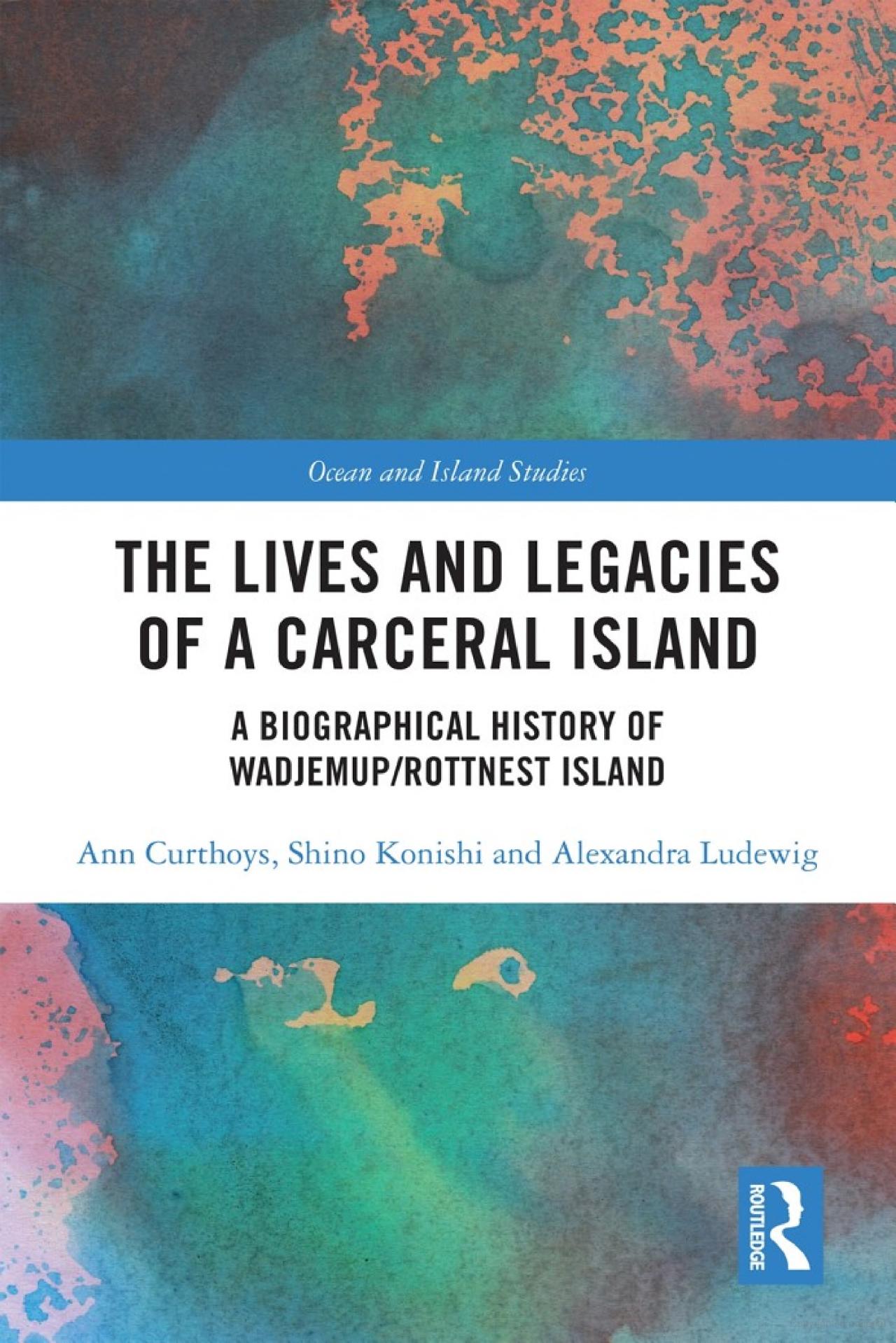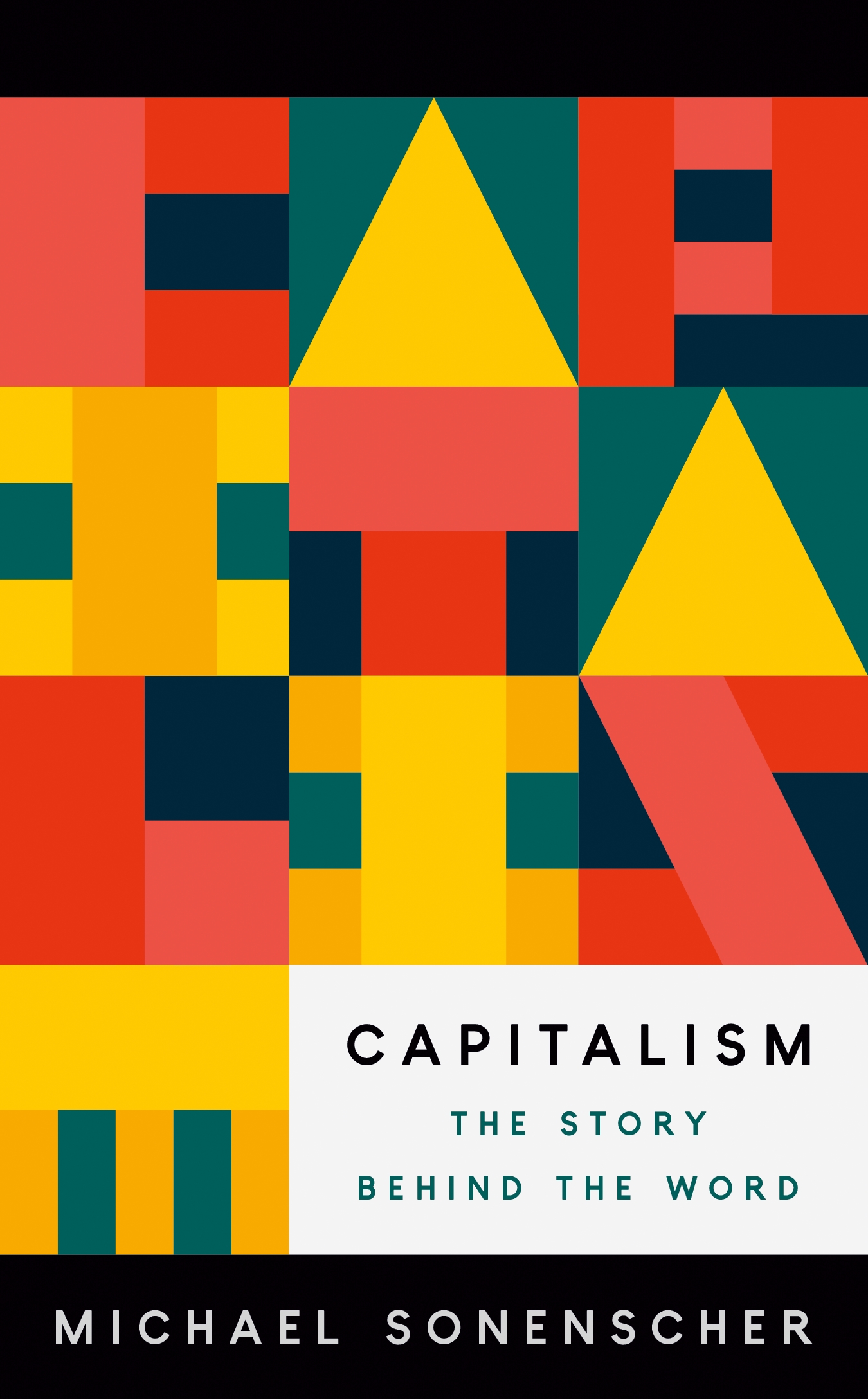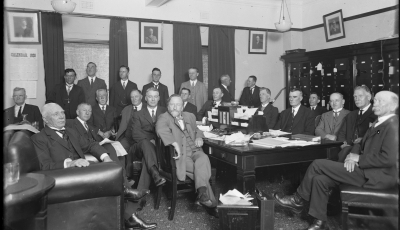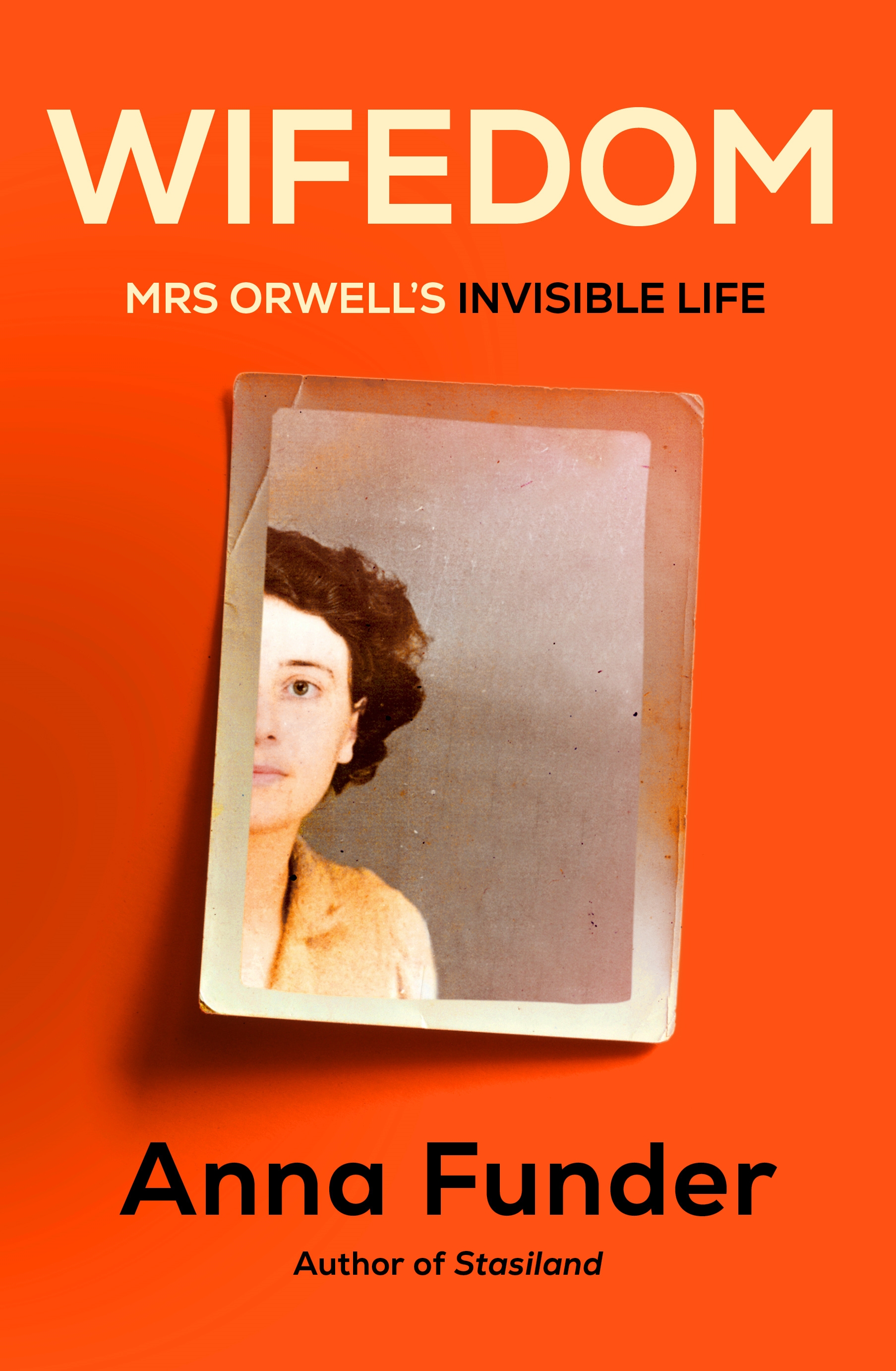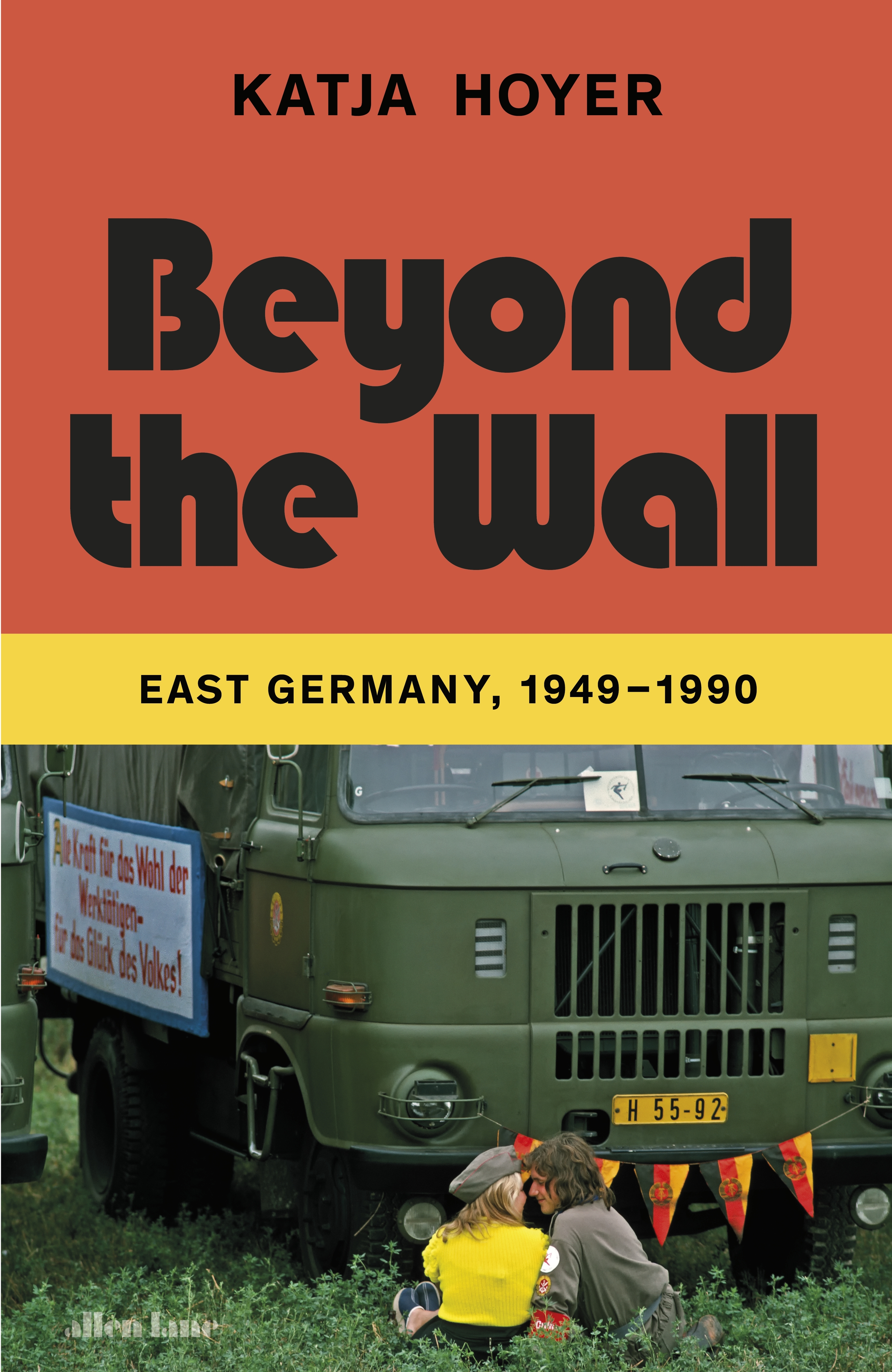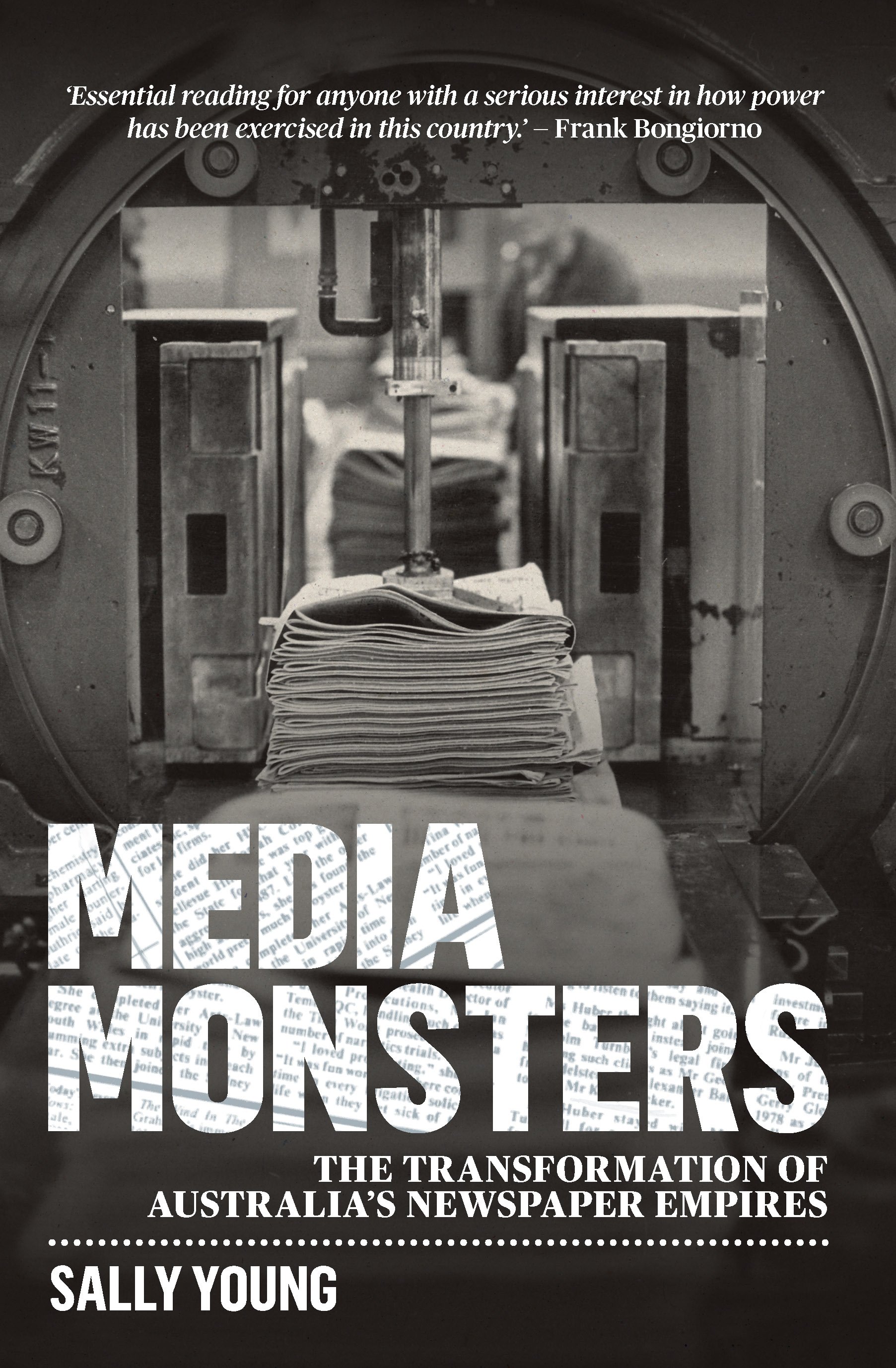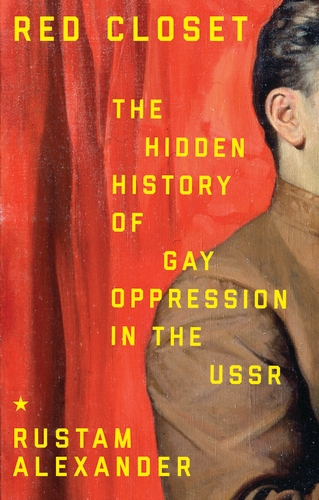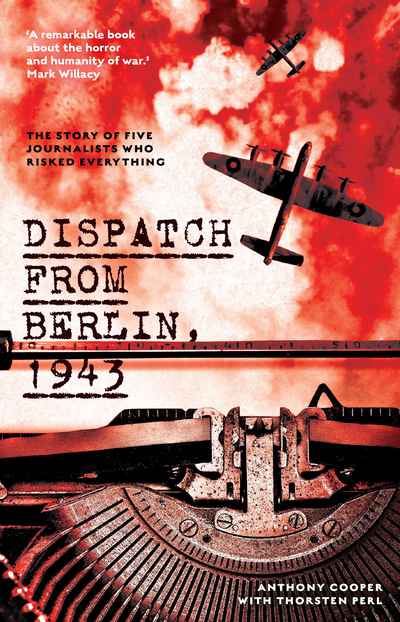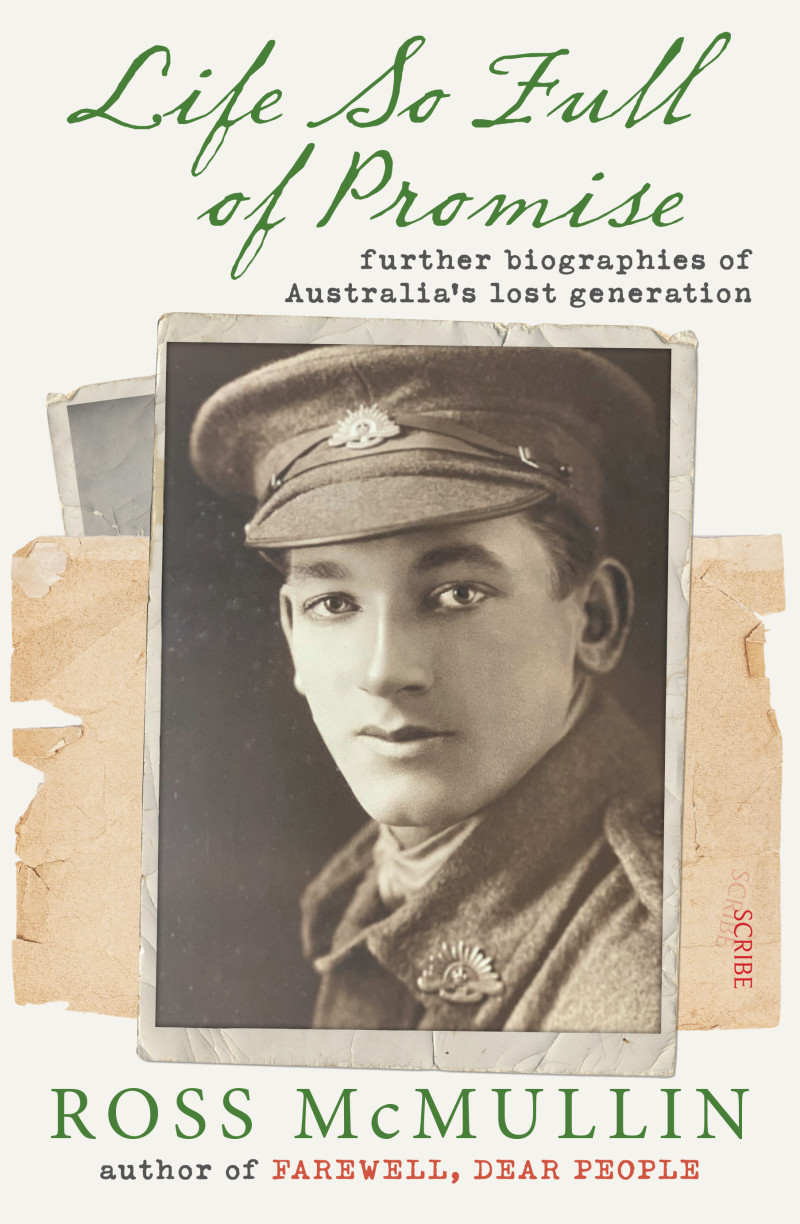History
Goldfish in the Parlour: The Victorian craze for marine life by John Simons
The image of a solitary goldfish aimlessly circling in a glass bowl recurs in cartoons and children’s books, a metaphor for a crowded and over-scrutinised life. John Simons’s account of the mid-nineteenth-century aquarium craze reveals the rather horrifying historical reality of this mostly symbolic image. At the height of the craze for aquariums, not only were resilient goldfish kept in bowls, but a wide range of wild-caught marine and estuarine life were dredged from the British coastline and plunged into buckets, bowls, tubs, pots, as well as glass aquariums of various sizes, with precious little consideration given to the complex needs of maintaining aquatic ecosystems in captivity. The death toll, not to mention the smell, must have been horrifying. As Simons points out, the British seaside has never truly recovered from this mass decimation.
... (read more)The Lives and Legacies of a Carceral Island: A biographical history of Wadjemup/Rottnest Island by Ann Curthoys, Shino Konishi, and Alexandra Ludewig
Islands, as recent histories of immigration detention and quarantine show, offer unique things to human societies. Rimmed by a watery bulwark, they have more surveyable borders than do mainlands. Their status as sublands suggest that they exist outside the conventions and temporal dimensions of larger, mainland societies. What happens on an island stays on an island; at least, island prison warders and sojourners imagined this to be the case.
... (read more)Karl Marx was coy about what lay on the other side of capitalism. Communism, in his phrase, amounted to ‘the real movement which abolishes the present state of things’. As a guide to the organisation of society, the pugnacious phrase left something to be desired – literally. Though he appreciated capitalism as an essential stage in the progress of humanity, Marx nevertheless treated its supersession as both a historical necessity and a moral desideratum. The very status of the person as a person is at stake. Under capitalism, we are damaged and incomplete, alienated from our labour and deprived of the means to realise our true potential.
... (read more)On election day in 2022, thousands of Australian voters – perhaps already in line at their local primary school, democracy sausage in hand – received this text message. Refugees had not been a hot-button issue in this election, and the messages were generally seen as an unsuccessful last-ditch effort by a Coalition government already on the ropes. But the new Albanese Labor government was quick to confirm, just a day after being sworn in, that it had turned the boat back without hesitation. A public warning was issued to people smugglers that Australia’s border policy remained iron-clad and inflexible. Such statements are usually for the benefit of the Australian public, rather than an imagined audience of people smugglers.
... (read more)Wifedom is both an immovable and an irresistible book, an object and a force. Anna Funder, the author some years back of the bestselling Stasiland (2003), has written another great and important narrative of oppression and covert suppression, in this case of the first Mrs George Orwell, Eileen O’Shaughnessy (1905–45). The oppression and suppression are or were the work of her liberal and emancipatory husband – the nearest thing we have these days to a lay saint – and of his six (male) biographers. While nowhere a nasty book (what the Americans would call ‘mean’), it’s a kind of St George and the six dwarves. What’s strange is the persistence of the old bromides. In a recent Guardian review of D.J. Taylor’s Orwell: The new life (2023) – the biographer’s second go-around – Blake Morrison refers to ‘the practical Orwell’ and ‘the complaisant Eileen’. He wouldn’t have said either thing if he’d been able to read Funder’s new book.
... (read more)Katja Hoyer, born in East Germany, was four years old when, on the eve of the state’s collapse in 1989, her parents took her to the Berlin Television Tower and she gazed spellbound from its rotating visitors’ platform at the protesters and police cars gathering in the square below. In this book, Hoyer sets out to show an East Germany that amounted to more than just the Berlin Wall and the Stasi. That now-vanished, would-be-socialist world is presented critically, but also with empathy and the undertone of affection you may feel for something that mattered to people you love.
... (read more)Media Monsters: The transformation of Australia’s newspaper empires by Sally Young
In 1968, Rupert Murdoch was one step from acquiring his first international media holding, in the British tabloid The News of the World. That Murdoch was so close was a personal coup, given that his press ownership had begun sixteen years earlier with a much-diminished inheritance, largely based in Adelaide. To pull off the News of the World acquisition, however, Murdoch needed government approval to transfer $10 million Australian offshore. Speed, secrecy, and surety were pivotal, and in search of all three Murdoch went to John McEwen, the deputy prime minister and leader of the Country Party. The two had an enduring bond: McEwen had helped Murdoch buy his grazing station and family bolthole, Cavan, and when McEwen was appointed acting prime minister after the death of Harold Holt in 1967, Murdoch had argued in The Australian that McEwen should be prime minister in his own right. Now, in 1968, McEwen took Murdoch to the prime minister, John Gorton, who was also familiar with the young press baron. Gorton had briefly been lined up to work for Murdoch’s father in the 1930s and owed something of his present job now to the influence Murdoch had wielded when it became clear that McEwen could not remain prime minister.
... (read more)Red Closet: The hidden history of gay oppression in the USSR by Rustam Alexander
In July 1986, at the onset of the Glasnost era, a program featuring a discussion between American and Soviet women on a range of contemporary issues was broadcast on Soviet television. Reflecting on the prevalence of sex in US popular culture, an American participant asked her Soviet collocutors whether this was also the case in their country. The response was curt: ‘There is no sex in the USSR.’
... (read more)Dispatch from Berlin, 1943: The story of five journalists who risked everything by Anthony Cooper, with Thorsten Perl
Bomber Command operations cost about 3,500 Australian lives in World War II. This was more than five times the number of Australians who died in the Battle of Kokoda from July to November 1942. Yet the strategic bombing offensive over Germany has never held a comparable place in the national memory of war.
... (read more)Life So Full Of Promise: Further biographies of Australia’s lost generation by Ross McMullin
Just over a decade ago, Ross McMullin published Farewell, Dear People (2012), a magisterial biography of ten remarkable Australians killed in World War I. The book met with much acclaim, including the award of the Prime Minister’s Prize for Australian History in 2013. Life So Full of Promise, a sequel to this volume, provides three more biographies of men whose early lives suggested that they would have made extraordinary contributions to Australian public life, had they survived the war.
... (read more)

